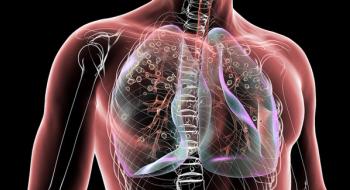
The Effect of Non-ED Payment Reforms on Emergency Care
Adoption of alternative payment models that reduce the number of visits to the emergency department could cause unintended consequences for emergency care through a reduction in revenue, according to researchers at the Brookings Institute.
Adoption of alternative payment models (APMs) that reduce the number of visits to the emergency department (ED) could cause unintended consequences for emergency care through a reduction in revenue,
As people gain insurance coverage through Medicaid and health insurance exchanges, ED utilization has continued to grow. However, greater adoption of APMs, which would shift away from payment for volume and instead toward a per-case or per-person payment, could provide better support for non-ED physicians, thus reducing ED utilization.
“With many EDs already struggling to stay open, the downward pressure on ED visits and payments may create challenges for the critical role that EDs play in the nation’s health care infrastructure,” the authors wrote.
Payment reform could unintentionally result in fewer net resources for EDs, which could in turn reduce their effectiveness to focus on the 3 essential roles EDs play in the healthcare system: 24/7 care for the sick and injured; capacity to respond to public health emergencies, disasters, and terrorism; and fulfillment of the mandate to treat patients who need acute care regardless of whether they can pay.
One priority when implementing payment reform is to ensure these reforms reduce demand for ED care without reducing support for the critical functions of EDs. The authors explained that the most vulnerable patients are often those who choose to use EDs, something that payment reforms should consider.
“If APMs are more effective in reducing demand from patients with lower cost visits and more generous coverage, EDs will be left with fewer resources to care for a more complex and high-acuity patient population,” they wrote.
Other considerations include enabling healthcare organizations to support ED providers in their efforts to deliver effective patient care and increasing the efficiency of ED care without placing patients at undue risk.
Payment reforms are, however, necessary, the authors acknowledge. But these reforms must be done right in order to avoid unintentional consequences that negatively affect EDs and the overall healthcare system.
“These payment reforms should be disruptive, encouraging more appropriate ED use, better care coordination, and more effective and efficient care for ED patients,” the authors concluded. “However, these payment reforms should not be destructive to the critical emergency care functions that EDs provide to their communities.”
Newsletter
Stay ahead of policy, cost, and value—subscribe to AJMC for expert insights at the intersection of clinical care and health economics.








